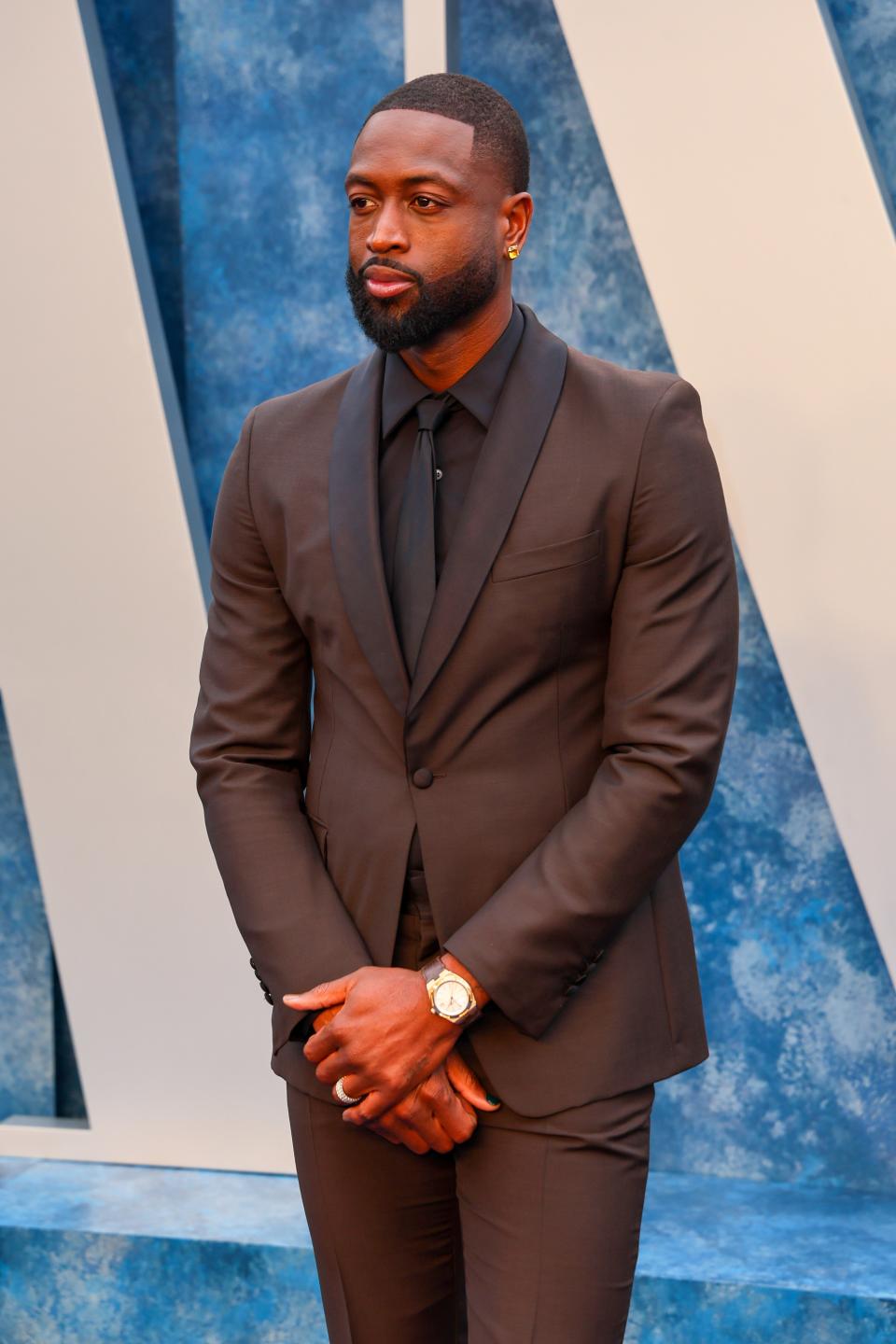How to Choose the Right Suit Lapels, According to Tailoring Experts

Illustration by Michael; Photograph by Martin Brown
Shopping for a suit can feel like learning an entirely new language. You go in looking for a simple two-piece, and you wind up trying to decipher what “half-canvassed” means and wondering whether your jacket should have one vent or two. To help you navigate the ins and outs of the tailoring world, we’ll be exploring each individual aspect of a suit—from the fit to fabric to the pockets—with a little help from the most stylish experts in the sartorial space. Welcome to GQ’s Tailoring 101.
A good suit jacket, like a good song, is a deceptively complex thing. As Wesley Snipes eloquently explained in White Men Can’t Jump, you can listen to a track or you can hear it, and there’s a big difference between the two. Similarly, it’s easy to look at a nice suit jacket without really understanding what makes it better or worse than any other. There are dozens of factors that determine the look, fit, and feel of a suit, but there’s one single element that immediately establishes its vibe, and from which the rest of its personality naturally flows: the lapels. Whether it’s your go-to office suit or a velvet-trimmed tux for a red carpet gala, everything starts with the style, width and construction of the jacket’s lapel.
“The look of every jacket is made up of a dozen or more relationships that all are in sync with each other, and what people generally see first are the shoulder and the lapel,” explains G. Bruce Boyer, the reigning elder statesman of traditional menswear and the author, most recently, of Riffs: Random Reflections on Jazz, Blues, and Early Rock. “One of the interesting things about tailoring is that you can never just change one thing on a jacket without rethinking everything, so you can't just make the lapels a half-inch narrower or wider without rethinking the whole thing. I think that's what distinguishes good tailors and good designers from those who are not so good.”

ABC's "Good Morning America" - 2021

“Dungeons & Dragons: Honor Among Thieves” Los Angeles Premiere
In its most basic form, a suit jacket’s lapel is a highly evolved relative of the collar found on any other kind of outerwear, and like those its original purpose was to offer protection against the elements. In modern times, however, lapels are mostly decorative and have been further codified into three specific styles: notch, peak, and shawl. The notch lapel, the most popular member of the lapel family and identifiable by a small triangular cutout, is the one you’ll see on most single-breasted jackets. The peak lapel, with its upward-facing point, is showier and usually paired with a double-breasted jacket. The shawl, meanwhile, which forms a single continuous swoop around the neck, is almost exclusively reserved for tuxedo jackets.
“There are exceptions, but a peak lapel is usually not worn on a single-breasted coat and a notch lapel is never worn on a double-breasted coat,” explains Boyer. “People are always trying to invent new things, and occasionally you'll see a guy wearing a double-breasted jacket with a notch lapel rather than the traditional peak one, but those things historically have never taken hold, and the rule has held for the last 150 years or so.”

Los Angeles Premiere Of "The Harder They Fall"

14th Governors Awards - Arrivals
Aside from its basic shape, the lapel’s other defining characteristic is its width. Much like women’s hemlines, which cycle higher and lower over the decades (and may or may not be linked to the fluctuations of the global economy) lapel size has followed a similar pattern of narrowing and widening, from the billowy zoot suits of the 1940s through the skinny Mod suits of the 1960s to the wide-shouldered power suits of the ‘80s. “There is no science behind economic trends, but bigger and wider lapels are an indicator of a more outspoken style whereas slimmer lapels are more casual, toned down and an expression of simplicity,” offers SuitSupply CEO and founder Fokke de Jong. “Fashion is like a pendulum, and the more dressed-up, tailored styling we are seeing now feels like a reaction to peak streetwear and peak casualization.”
After two decades of close-fitting jackets, ankle-bearing trousers, and narrow lapels (in no small part thanks to the influence of Thom Browne and his signature shrunken suit), the tide of menswear is going out once again, and lapels are getting bigger. “The silhouette is loosening up,” Boyer concurs. “Jackets are becoming easier, trousers are becoming higher-waisted and a little fuller cut, and going forward the shoulders and lapels are going to be wider.”

NBC's 80th Annual Golden Globe Awards - Arrivals

2023 Vanity Fair Oscar Party Hosted By Radhika Jones - Arrivals
For anyone shopping for a new suit or sport coat, there’s good news and bad news. The bad news? Whether you opt for a notch, peak, or shawl, there’s no “correct” lapel size. “We’re seeing wider jackets and wider lapels, but the width of the lapel depends on the style of the jacket,” says de Jong. “A double-breasted jacket looks nicer with a slightly wider lapel, while a single-breasted jacket with a notch lapel might be a bit slimmer.”
The good news? There’s no wrong answer, either. “There are a couple of general rules that I follow,” says Boyer who, after five decades of chronicling menswear, has seen more than a few trends come and go. “One is that moderation is always best. Just because the trend at the moment is for, I don't know, pink jumpsuits, I don't think that means you should go out and buy one.” For the second rule, match your tie width to the width of your lapel. “If you're wearing a jacket with a wider lapel, a slightly wider tie may complement the look,” says de Jong. “Similarly, if you have a jacket with a narrower lapel, a slimmer tie can create a harmonious balance.” This rule, Boyer adds, also applies to shirt collars. “If you have a wider lapel and a wider tie, you probably will have a larger collar on the shirt as well,” he says. “That's another one of those balanced proportions that a good designer will understand.”
Originally Appeared on GQ
More Great Style Stories From GQ
How Jeremy Allen White Prepped for His Calvin Klein Underwear Campaign
Daniel Day-Lewis Is the Final Boss of Workwear
Why True Watch Heads Never Set the Time on Their Watches
After an 11-Year Wait, Air Jordan Is Bringing Back a Highly Coveted Sneaker
John Mayer Wore an Epic Royal Oak to Ring in 2024 at a Tokyo Cat Bar
Not a subscriber? Join GQ to receive full access to GQ.com.

